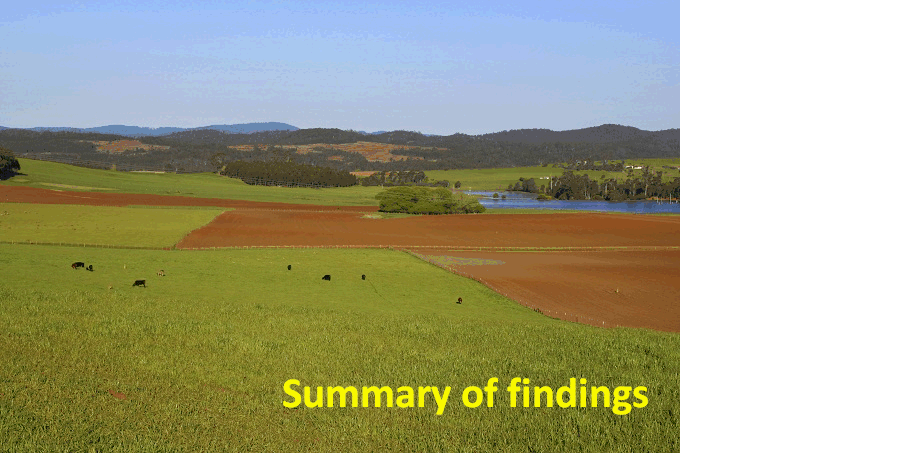|
|

KEY POINTS
- Heavy rainfall and resultant floods affected significant areas of South Eastern Australia during 2010-11. Most notable were the South-east Queensland floods in January 2011. However, areas of New South Wales, Victoria and Tasmania also experienced flood damage during the year.
- Whilst the wet conditions affected production of some commodities, prior to the flooding many regions had expected to produce very large crops on the back of very good Spring growing conditions. Additionally, greater availability of water across the season and strong pasture growth resulted in production increases for many agricultural commodities and recovery of livestock numbers in many areas.
- Sheep and lamb numbers show signs of recovery after five years of decline, due to an improvement in seasonal conditions, rebuilding intentions, high prices and strong demand.
- Meat cattle numbers have also increased significantly from the previous year with producers retaining greater numbers of female cattle for herd rebuilding.
- Dairy cattle numbers have increased slightly from the previous year with improved water availability in the main dairying regions and reports of increased confidence in the industry, after experiencing falling prices in early 2009-10.
- While the majority of crops benefited from the excellent seasonal conditions and increased rainfall, the exception was sugar cane which saw a loss of production due to the effects of flooding and Tropical Cyclone Yasi.
- Cotton and rice production increased significantly in 2010-11 due to increased availability of irrigation water.
- Drought conditions in Western Australia resulted in declining production for most commodities and falling livestock numbers.
|
|
 Print Page
Print Page
 Print All
Print All